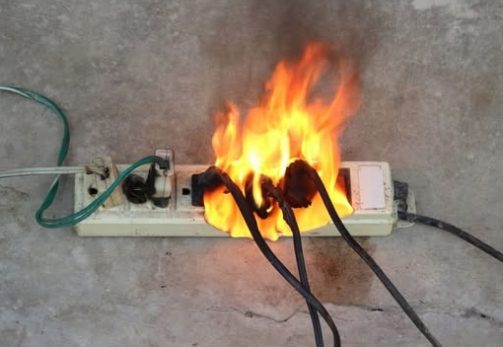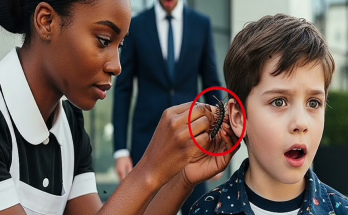Power strips are a staple in many homes. They’re convenient, affordable, and make it easy to connect multiple devices at once. But while they may seem harmless, plugging the wrong appliances into them can cause serious problems. From damaging your electronics to starting dangerous electrical fires, the risks are very real.
I learned this the hard way when one of my appliances overheated after being plugged into a strip that couldn’t handle the load. Thankfully, nothing tragic happened, but it was enough to make me rethink how I use them.
Before we dive into which devices should never be connected to a power strip, it’s important to understand how they work. Each strip has a maximum power rating, usually written on the cord or the device itself. If the total wattage of everything plugged in goes beyond that number, the strip can overheat and fail. Imagine a strip rated for 3500 watts. If you connect an oven that uses 2500 watts, a vacuum cleaner that requires 800 watts, and a kettle that needs another 250 watts, you’ve already gone over the safe limit. Even a small overload can create a real hazard.
So which appliances should you avoid? Heavy-duty kitchen tools such as ovens and microwaves should always go directly into a wall outlet because of their high energy demand. The same rule applies to refrigerators and freezers, which require a constant supply of electricity around the clock. Washing machines and dryers are also too powerful for strips and can easily trip the circuit or cause overheating. Portable heaters, although small, are notorious for drawing massive amounts of power and should never be connected this way.
Even smaller appliances like coffee makers and toasters might surprise you with how much energy they use. Since they heat up quickly, they pull strong bursts of electricity that a strip isn’t built to handle. Sensitive devices such as computers, televisions, and internet boxes can also be at risk. Power strips don’t always protect them from fluctuations, and unless you are using one with surge protection, it’s better to rely on a direct outlet.
There’s another mistake many people make—linking one power strip into another. This practice, often called daisy-chaining, is extremely unsafe. It multiplies the load on a single outlet and significantly increases the risk of electrical fires.
If you’re running out of sockets, the safest solution is to install more outlets in your home or use a properly rated surge protector for sensitive electronics. Appliances that heat, cool, or run constantly should never rely on a strip. Save those for lighter devices like lamps, phone chargers, or fans, and your household will be much safer.
When it comes to electricity, the small choices we make each day matter. Being mindful about what you plug into a power strip can protect your appliances, your home, and most importantly, your family.




